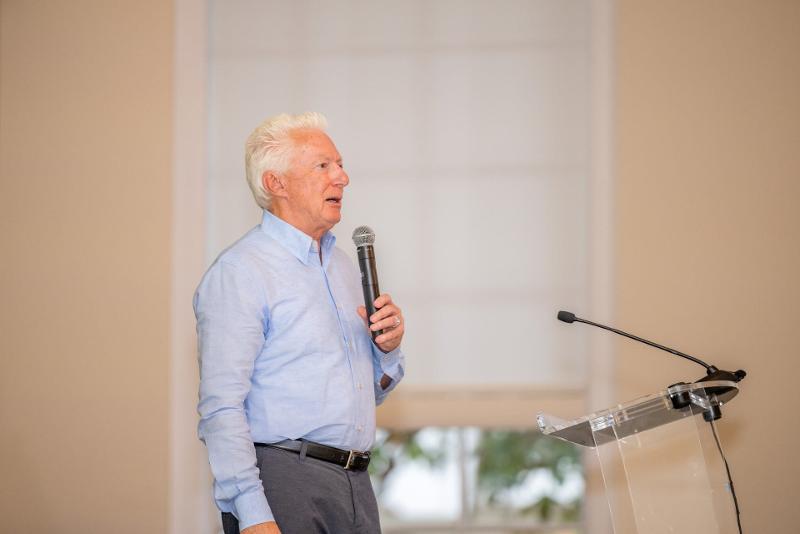In the quest to revitalize our cities, we can draw inspiration from the experiences of former mayors and CEOs. By focusing on the little details, engaging the community, and embracing sustainable planning, we can transform our urban landscapes. Join us as we explore the valuable lessons learned from these visionary leaders.
The Power of Attention to Detail
Discover how focusing on the little details can make a big impact on urban revitalization.
When it comes to transforming cities, the little details matter. Former mayor Joe Riley of Charleston emphasized the importance of how things look and paying attention to the small elements that make a place special. By investing in the aesthetics of our urban spaces, we can create a sense of pride and attract residents and visitors alike.
Imagine a city where every street corner is adorned with beautiful landscaping, where public art brightens up the walls, and where even the benches are thoughtfully designed. These details may seem small, but they contribute to a larger vision of a vibrant and welcoming city.
By prioritizing attention to detail in our urban planning, we can create spaces that inspire and uplift. Let's explore how we can bring this focus to our own cities and create environments that leave a lasting impression.
Engaging the Community for Lasting Change
Learn how community engagement is key to successful urban revitalization projects.
Revitalizing a city is not a task that can be accomplished by a single individual or organization. Former mayor Ron Littlefield of Chattanooga stressed the importance of engaging the community in the process. By involving residents, business owners, and other stakeholders, we can ensure that the revitalization efforts reflect the needs and desires of the people who call the city home.
Imagine a city where residents have a say in the development of their neighborhoods, where community meetings are held to gather input and ideas, and where everyone feels a sense of ownership over the revitalization process. This level of engagement fosters a stronger sense of community and creates a shared vision for the future.
By actively involving the community in urban revitalization projects, we can build a city that truly represents the people who live there. Let's explore strategies for engaging residents and creating lasting change together.
Sustainable Planning for a Better Future
Discover the importance of sustainable planning in creating thriving and resilient cities.
As former CEO A.G. Lafley of Procter & Gamble emphasized, sustainable planning is essential for the long-term success of urban revitalization projects. By considering the environmental, social, and economic impacts of our decisions, we can create cities that are not only beautiful but also resilient and sustainable.
Imagine a city where green spaces are preserved and expanded, where public transportation is accessible and efficient, and where buildings are designed with energy efficiency in mind. These sustainable practices not only benefit the environment but also improve the quality of life for residents.
By prioritizing sustainable planning in our urban revitalization efforts, we can create cities that thrive for generations to come. Let's explore the strategies and approaches that can help us build a better future.
Conclusion
Urban revitalization is a complex and multifaceted process that requires attention to detail, community engagement, and sustainable planning. By learning from the experiences of former mayors and CEOs, we can gain valuable insights into how to transform our cities into vibrant and thriving spaces.
By focusing on the little details, such as aesthetics and design, we can create a sense of pride and attract residents and visitors. Engaging the community ensures that revitalization efforts reflect the needs and desires of the people who call the city home. Sustainable planning not only benefits the environment but also improves the quality of life for residents.
Let's embrace these lessons and work together to revitalize our cities, creating environments that inspire, engage, and sustain for generations to come.

